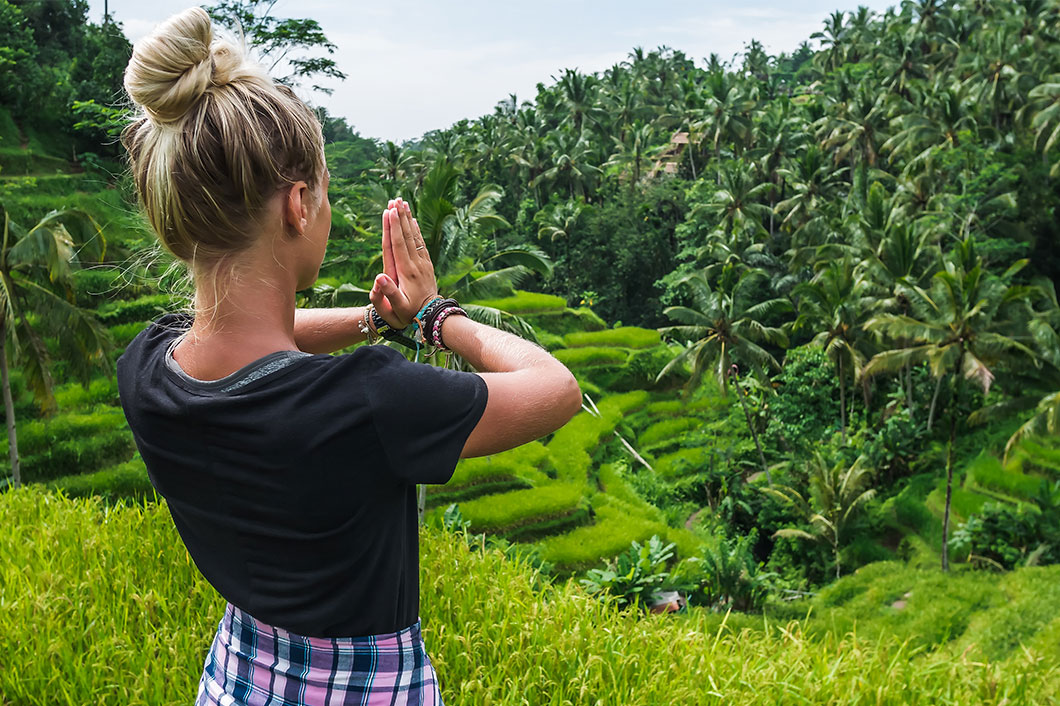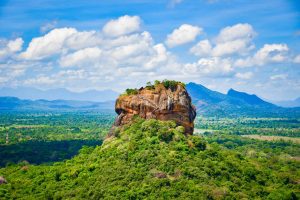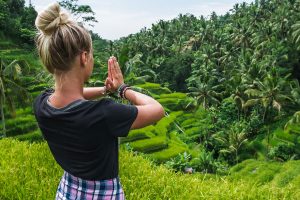Exploring Sri Lanka’s Rich Cultural Heritage

Sri Lanka, often called the “Pearl of the Indian Ocean,” is a treasure trove of culture and tradition, with a heritage spanning over 2,500 years. The island’s rich past is evident in its ancient cities, sacred temples, colonial architecture, and vibrant arts. Whether you’re fascinated by ancient ruins or want to immerse yourself in local customs, Sri Lanka offers a profound journey into its cultural heart. Let’s explore some of the key elements that make up Sri Lanka’s rich cultural heritage.
1. The Ancient Cities: A Glimpse into the Past
Sri Lanka’s ancient cities, mostly found in the Cultural Triangle (Anuradhapura, Polonnaruwa, and Kandy), offer a deep dive into the island’s history. These sites showcase centuries-old structures, including stupas, palaces, and intricate carvings, reflecting the country’s Buddhist influence.
Anuradhapura
The sacred city of Anuradhapura, a UNESCO World Heritage Site, is one of the oldest continuously inhabited cities in the world. It’s famous for the Sacred Bo Tree (Sri Maha Bodhi), which is believed to be a sapling from the tree under which Buddha attained enlightenment. Other highlights include the Ruwanwelisaya Stupa, Abhayagiri Monastery, and Jetavanaramaya, one of the tallest ancient structures in the world.
Polonnaruwa
Polonnaruwa, another UNESCO World Heritage Site, served as the medieval capital of Sri Lanka. It’s well-preserved, with impressive ruins that offer insights into the country’s artistic and architectural brilliance. The Royal Palace, Gal Vihara (a set of massive Buddha statues carved into granite), and the Parakrama Samudra reservoir reflect the grandeur of this ancient city.
Kandy
Kandy, the last royal capital of Sri Lanka, is home to the Temple of the Sacred Tooth Relic (Sri Dalada Maligawa), one of the holiest sites in Buddhism. The temple hosts the Esala Perahera, a grand annual procession featuring traditional dancers, drummers, and decorated elephants. Kandy’s cultural significance, combined with its scenic beauty, makes it a must-visit for heritage enthusiasts.
2. Sacred Temples and Spiritual Landmarks
Buddhism has shaped Sri Lanka’s culture significantly, as seen in its many temples, stupas, and monasteries. Each sacred site holds historical and spiritual importance, attracting both pilgrims and tourists.
Dambulla Cave Temple
The Dambulla Cave Temple, also known as the Golden Temple, is a UNESCO World Heritage Site with over 80 caves, of which five are filled with intricate Buddha statues and murals. These cave temples date back to the 1st century BC and offer a captivating glimpse into the island’s religious art.
Mihintale
Considered the birthplace of Buddhism in Sri Lanka, Mihintale is where Mahinda, an Indian monk, introduced Buddhism to the island in the 3rd century BC. The site includes a series of rock temples, stupas, and statues, making it a significant pilgrimage destination.
Kataragama
The sacred town of Kataragama is a unique spiritual site that is revered by Buddhists, Hindus, and indigenous Vedda people. It’s a melting pot of rituals and traditions, with the Kataragama Temple being the main attraction. The annual Kataragama Festival is a vibrant event filled with music, dance, and fire-walking ceremonies.
3. Colonial Influence: Architecture and Legacy
Sri Lanka’s colonial past, marked by Portuguese, Dutch, and British rule, has left a lasting impact on its culture, architecture, and infrastructure.
Galle Fort
The Galle Fort, built by the Portuguese and later expanded by the Dutch, is a UNESCO World Heritage Site that blends European architecture with South Asian traditions. Wander through its narrow lanes lined with colonial buildings, museums, and art galleries, or enjoy a sunset from the fort’s ramparts.
Dutch Hospital Complex
The Dutch Hospital Complex in Colombo, one of the oldest buildings in the city, has been transformed into a vibrant shopping and dining area. It’s a great example of Dutch architecture and provides an immersive experience of Sri Lanka’s colonial heritage.
Hill Country Colonial Bungalows
In the hill country, particularly in Nuwara Eliya (known as “Little England”), you’ll find colonial bungalows and tea estates that reflect the British influence. The quaint architecture, complete with fireplaces and manicured gardens, offers a nostalgic charm of the colonial era.
4. Traditional Arts, Crafts, and Festivals
Sri Lanka’s cultural heritage is also expressed through its traditional arts, crafts, and vibrant festivals. From dance performances to intricate handicrafts, the island’s artistic diversity is immense.
Traditional Kandyan Dance
Kandyan dance, originating from Kandy, is the most well-known traditional dance form in Sri Lanka. It’s characterized by elaborate costumes, rhythmic drumming, and graceful movements. Watching a live Kandyan dance performance, often accompanied by fire dances, is a must for cultural travelers.
Handicrafts and Artisans
Sri Lanka is renowned for its traditional handicrafts, including mask carving, batik, lace-making, and woodwork. The town of Ambalangoda is famous for its vibrant masks, while Kandy and Galle host workshops where visitors can learn about batik printing.
Vesak Festival
The Vesak Festival, celebrated in May, marks the birth, enlightenment, and passing of Buddha. Streets are illuminated with lanterns, and pandals (decorative displays) depict stories from the Buddha’s life. It’s one of the most culturally significant festivals, attracting locals and tourists alike.
5. Sri Lankan Cuisine: A Culinary Heritage
Sri Lankan cuisine is a blend of rich spices, unique flavors, and culinary traditions passed down through generations. Dishes like rice and curry, hoppers, kottu roti, and pol sambol reflect the island’s cultural diversity. The influence of colonial trade is evident in Sri Lanka’s love for tea, with the Ceylon tea experience being a significant cultural aspect.
ABOUT AUTHOR

Willaim Wright
Lorem ipsum dolor sit amet, consectetur adipiscing elit. Ut elit tellus, luctus nec ullamcorper mattis, pulvinar dapibus leo.
RECENT POSTS

Top 10 Must-Visit Destinations in Sri Lanka

The Best Time to Visit Sri Lanka: A Seasonal Guide

